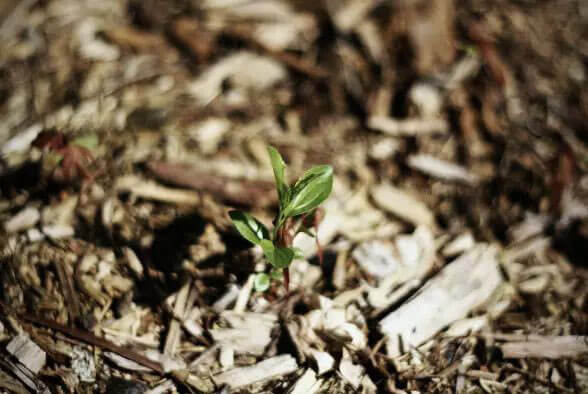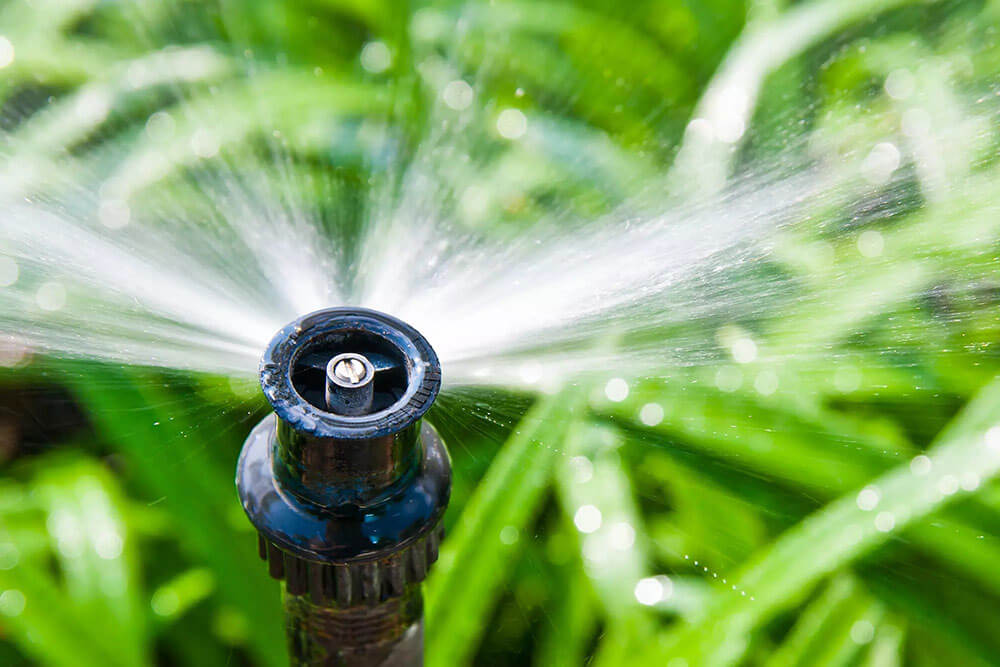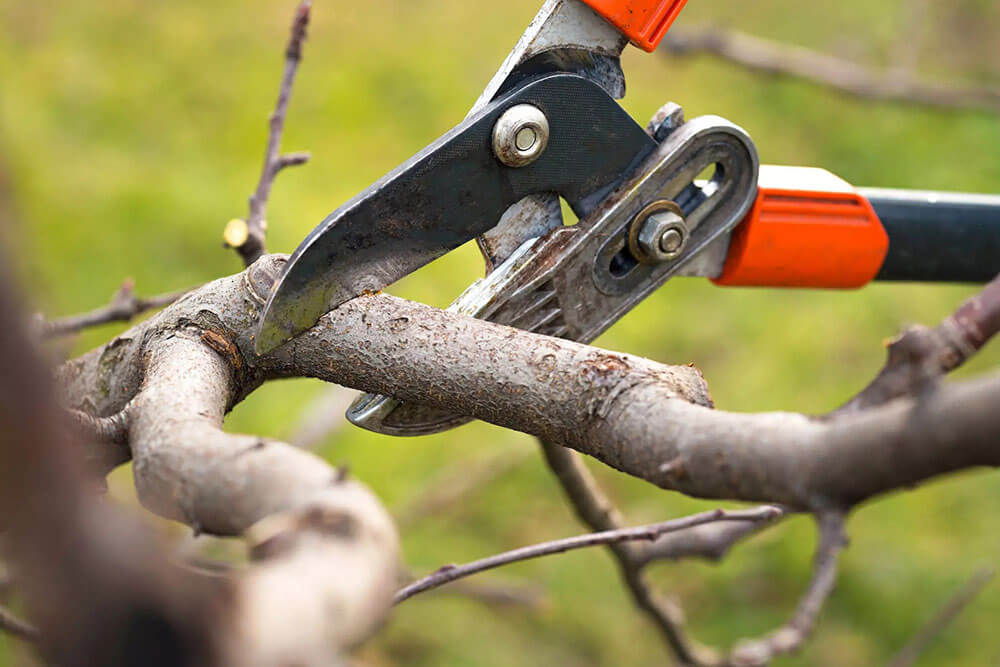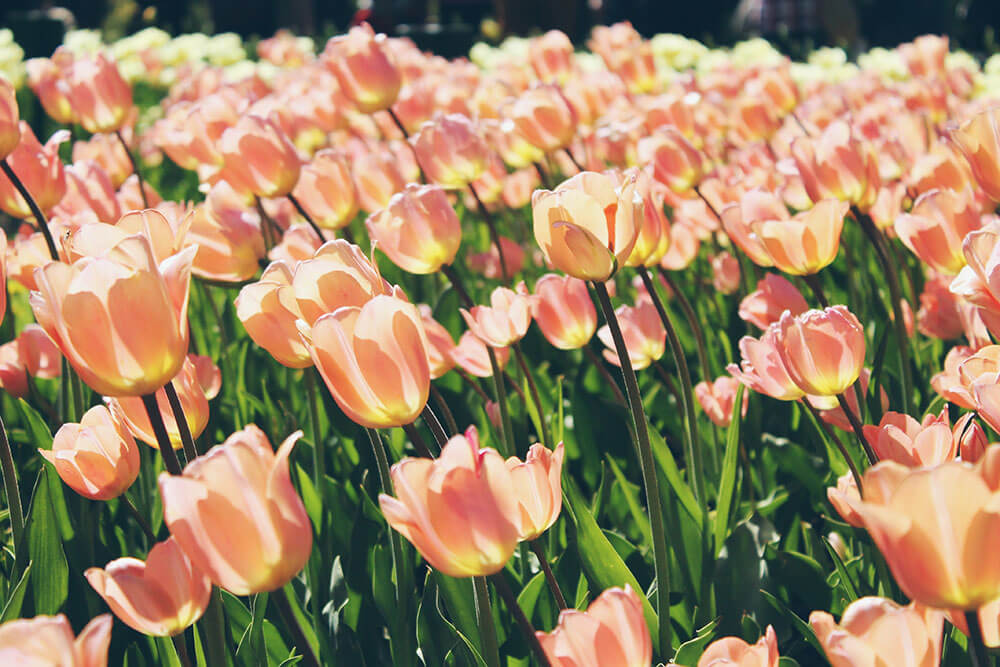Watch Out for These Weeds in Your Tennessee Lawn
Blowing on dandelions and watching their fluffy seedlings float through the air is a cherished summertime memory nearly everyone can relate to. But if you remember the joy of playing with dandelions, you can probably also recall the frustration of your mom or dad as they scolded you for spreading seeds across the lawn that would eventually turn into weeds.
As an adult, you know better. At this point in time, your first thought when you see a weed is how you can keep it from infiltrating your lawn or garden.
But just like all desirable plants are a little bit different in how they grow, different weeds are kept at bay by different methods.
Here’s what you need to know to protect your Nashville landscape from weeds.
What are the Most Common Weeds in Tennessee?
According to the landscaping experts at Preen, there are three different categories of weeds: broadleaf weeds, grassy weeds, and woody weeds.
Each type of weed is named for their appearance. Broadleaf weeds are identified by the large leaves they tend to grow. Grassy weeds are similar in appearance to grass, which can make them difficult to identify. Woody weeds get their name from the strong, twig-like stems they grow, making them exceptionally tricky to remove.
In Tennessee, the most common weeds you’ll find will likely fall into the broadleaf or grassy weed categories.
Common Broadleaf Weeds
Bull Thistle
If you’ve ever walked through your lawn barefoot, only to feel the shock of a sharp pain underfoot, chances are that you’ve come in contact with some bull thistle.
These weeds have spines that are sharp and stiff and can grow between two and five feet tall. They develop a thick taproot within a year, so be sure to address these quickly.
Honeyvine Milkweed
This member of the milkweed family has heart-shaped leaves and white veins. Honeyvine can grow to be up to fifteen feet long and will wrap around any nearby vegetation or fences.
Removing these weeds is crucial for maintaining the health of the rest of your landscape.
Common Grassy Weeds
Crabgrass
Crabgrass is every property owner’s nightmare because it can present a whole host of lawn problems.
Crabgrass is often difficult to approach simply because it looks so similar to grass around it. This weed typically spreads outward, but it can grow up to two feet upright.
Green Foxtail
Chances are that you have seen this weed crawling up the sides of your buildings or creeping out of cracks in the pavement.
Green foxtail is a weed that forms clumps of grass, growing up to three feet tall with bristly “fox tails” at the top.
While these four are some of the most common types of weeds you may encounter in Tennessee, the list goes on and on. It is crucial that you have an advanced understanding of exactly what you’re dealing with on your property.
In any case, don’t leave the health of your landscape up to chance, leave it up to the experienced professionals at The Parke Company.
From lawn mowing to tree removal, the landscaping professionals at The Parke Company have the experience and the skills to handle lawn problems and answer your landscaping services questions.
Let us meet the unique needs of your property and bring your design dreams to life. Let’s start with those weeds.
Give us a call (615-350-6033) or contact us online today to see how The Parke Company difference can work for you.
